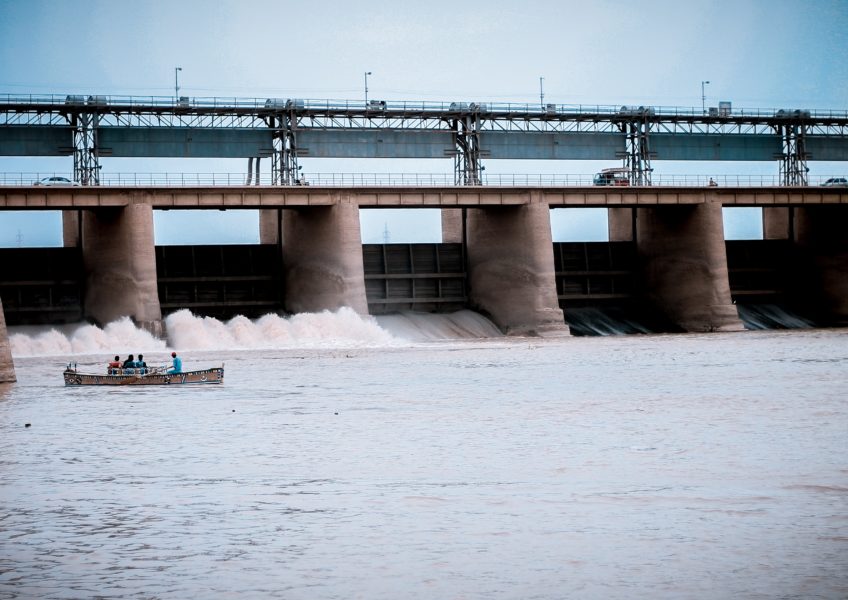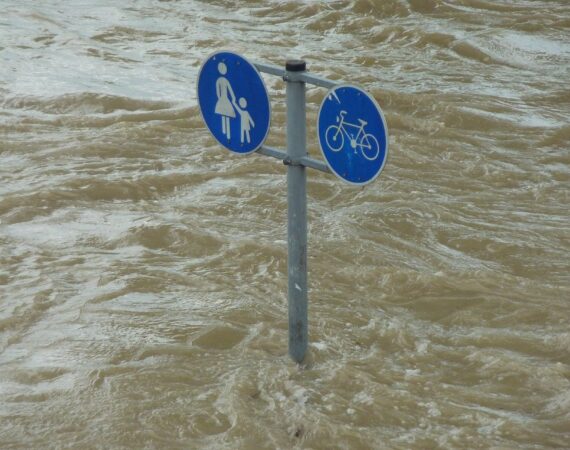How Concrete Dams Work
Concrete dams are used for a simple reasons – change the flow/flowrate of water and generate electricity. Concrete dams are major producers, too. Together they generate 20% of electricity in the world and open new areas to permanent settlement. Although most dams are simply fill dams which are used primarily as water storage, large concrete dams are used regularly for major purposes. Concrete dams have gates (or sluices) which can be built into the concrete to control the amount of water usage in a reservoir, such as for power, drinking water, or irrigation downstream for wildlife.
Types of Concrete Dams
There are four basic types of concrete dams that are used around the world. All have various pros and cons depending on their intended use, life cycle and budget.
Concrete Gravity Dam
The gravity dam may be constructed by concrete or stone masonry (and faced with concrete) and primarily relies on the weight of the material to hold back the pressure of water. These are less economical solutions as they require a massive amount of material and earthwork to accomplish.
Concrete Buttress Dam
The buttress dam is supported through intervals on the downstream side with a series of supports (or buttresses), with a water-tight upstream. The wall of the dam may either be curved or straight, and concrete buttress dams are reinforced by the weight of the concrete pushing the dam into the ground. These dams are a great solution where long dams are needed and greatly reduce the amount of material required compared to a gravity dam.
Concrete Arch Dam
The arch dam is an impressive structure which is curved upstream and uses hydrostatic pressure to transfer the force of water to the foundation and abutments of the dam. The force of the water on the fill side pushes against the arch, and the resulting resistance to bending transfers the loads to the abutments. Obviously, incredibly solid and strong abutments (such as solid granite) are needed for these types of dams.
Concrete Arch-Gravity Dam
This type of dam is a hybrid of the arch and gravity dams. It is curved upstream and directs water pressure against the rock walls which provides the force of the water to compress the dam. Since the dam uses the arch method to resist some of the hydrostatic loads, it does not require as much deadweight material as a standard gravity dam. This saves a lot of material.
Forensic Engineering Specialists
Engineering Specialists Inc. has nearly 30 years of field experience in analyzing the damage to residential, commercial, and industrial buildings. We can work on any project in any state, nationwide. When you or your business needs to confirm the extent of damage or how to correct a problem, email us at office@esinationwide.com or call us, toll-free, at (877) 559-4010.




